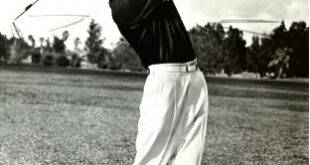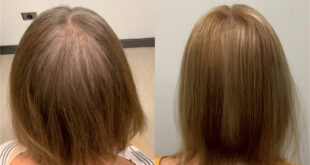By Matthew Stiebel, M.D. FRCSC
 For those of us wishing we had a powerful serve like Federer, a crushing backhand like Serena (or even just a physique that looks anything like Sharapova…) there is always a rigorous weekend tennis match to keep us dreaming. After the 9-5 week, we can slug out our frustrations on a fuzzy yellow ball and let our opponent (unless it is our significant other) know just how amazing we are with a racquet.
For those of us wishing we had a powerful serve like Federer, a crushing backhand like Serena (or even just a physique that looks anything like Sharapova…) there is always a rigorous weekend tennis match to keep us dreaming. After the 9-5 week, we can slug out our frustrations on a fuzzy yellow ball and let our opponent (unless it is our significant other) know just how amazing we are with a racquet.
To all of you that walk the courts with a taste for victory, many must also fall victim to the injuries that plague the masses. Some common tennis maladies include the ubiquitous ‘tennis elbow,’ shoulder impingement, wrist pain, and the dreaded Achilles tendon rupture.
Tennis elbow is an inflammation of the wrist extensor tendons at their origin on the outside of the elbow. Micro-tearing of the tendons over time leads to significant lateral elbow pain. Treatment usually consists of everything from steroid shots, anti-inflammatories and elbow braces to surgical debridement. While tennis elbow can be painful and debilitating, it is often just a matter of time until it resolves with one of these treatments.
Shoulder impingement is the rubbing of the rotator cuff on a spur of bone from the scapula called the acromium. With repetitive overhead activities like serving or powerful overhand strokes, the edge of the rotator cuff tendons can be rubbed raw. Treatment often consists of physical therapy, anti-inflammatories, injections and even surgical “clean-outs” with removal of the offending bony prominence.
Wrist pain can come from a variety of sources within the many joints that compose the wrist, but the most common area of pain occurs near the ulnar (little finger) side of the wrist and is related to a union of ligaments called the triangular fibrocartilage complex (TFCC.) When the TFCC is injured, treatment may range from splinting and anti-inflammatories– to wrist arthroscopy if the cartilage part of the complex is significantly torn.
One of the most dreaded injuries for men age 30-55 is the tearing of the Achilles tendon during violent contraction/ push-off when lunging after a ball. The calf muscles all form a thick tendon down the back of the heel and attach at the base of the calcaneous bone. They can ‘snap’ during a strong eccentric contraction and will ruin your day out on the asphalt or clay. Unfortunately, the best long tem results after an Achilles tendon rupture almost always involve a surgical repair that will keep you off the courts for at least 3 months while you recover with physical therapy.
Despite these potential injuries, I would still encourage the weekend warrior to remove their derrière from the always-comfortable couch and to get out on the courts and play. (This is not just because folks who play lots of aggressive tennis keep my practice nearly as busy as the über cross-fit gurus.) The physical and mental benefits from weekly exercise vastly outweigh the potential downsides of sports as “clearly dangerous” as shark diving, base jumping, race-car driving, and oh yes… tennis. But remember, when those screams from the adjacent tennis court come not from the throes of a hard-won victory, but from a nagging injury—just remember that your friendly neighborhood orthopaedic doctor is always ‘in.’
Palm Beach Sportsmedicine
(561) 845-6000
www.pbsportsmed.com
Check Also
The Latest Technology With Hearing Aids
Many modern electronic devices these days come equipped with Bluetooth technology. This feature lets you …
 South Florida Health and Wellness Magazine Health and Wellness Articles
South Florida Health and Wellness Magazine Health and Wellness Articles




